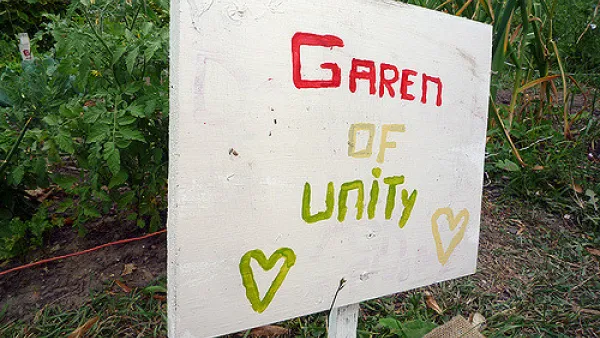Suzette Hackney, a former Detroit Free Press journalist, expresses her concern about who is getting left out of Detroit's comeback story.
Leaving Detroit in 2013 offered "a chance to step back and observe with a journalistic eye the city’s transformation," explains Hackney—"a luxury often not possible when I was reporting on murders and the city's budget crisis every day."
That perspective leaves Hackney wondering about a looming question: "Is there room for low income residents to benefit from the dazzling reinvention of their city?"
After citing some of the data that shows the city's impoverished population and acknowledging the city's ongoing bankruptcy concerns, Hackney goes on to identify how Detroit's comeback came to be story of privilege:
National media outlets have been criticized for parachuting into the city, and only showing white Detroit. But if we are painfully honest with ourselves, the growing majority of startups, businesses and restaurants attracting such broad attention, are mostly white owned. Dispatches from Detroit as the latest urban comeback story don’t often include scenes from deep inside the city’s distressed neighborhoods. Such ruin porn, as it’s called, would defeat the purpose.
And:
But it’s a tough sell to convince editors, or even bankruptcy attorneys, that tales from the ’hood—the down and out African-American hood—are important to a restructuring plan or vital to honest coverage, particularly when the stories coming out of Detroit for years were all about crime and blight, political corruption, a failing auto industry, racial disharmony, a failing school system, poverty and just straight-up hopelessness. There’s a woeful-Detroit fatigue, and understandably so. We’re tired of the bad news. We want to see Detroit’s revival, and live to talk about it.
FULL STORY: Is There Room for Black People in the New Detroit?

Analysis: Cybertruck Fatality Rate Far Exceeds That of Ford Pinto
The Tesla Cybertruck was recalled seven times last year.

National Parks Layoffs Will Cause Communities to Lose Billions
Thousands of essential park workers were laid off this week, just before the busy spring break season.

Retro-silient?: America’s First “Eco-burb,” The Woodlands Turns 50
A master-planned community north of Houston offers lessons on green infrastructure and resilient design, but falls short of its founder’s lofty affordability and walkability goals.

Test News Post 1
This is a summary

Analysis: Cybertruck Fatality Rate Far Exceeds That of Ford Pinto
The Tesla Cybertruck was recalled seven times last year.

Test News Headline 46
Test for the image on the front page.
Urban Design for Planners 1: Software Tools
This six-course series explores essential urban design concepts using open source software and equips planners with the tools they need to participate fully in the urban design process.
Planning for Universal Design
Learn the tools for implementing Universal Design in planning regulations.
EMC Planning Group, Inc.
Planetizen
Planetizen
Mpact (formerly Rail~Volution)
Great Falls Development Authority, Inc.
HUDs Office of Policy Development and Research
NYU Wagner Graduate School of Public Service



























